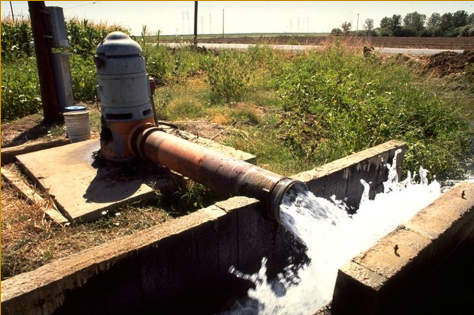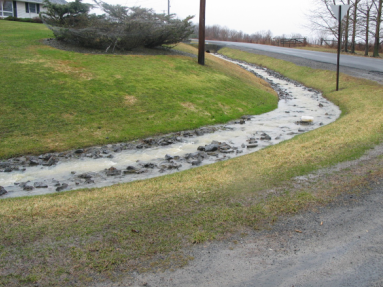Session Topics
Natural hydrologic regime:
The paradigm of the “natural hydrologic regime” provides a sustainable framework for decisions concerning water allocation, diversions, and dam operations. Research has documented the importance of the natural, long-term river flow pattern as theunderlying driver of aquatic biota. Organisms are adapted to, and dependent upon, the timing, duration, frequency, magnitude, and rate of change of flood and low water events in the water body where they reside. In order to sustain these ecosystems, it is critical to protect, restore, or mimic the natural hydrologic regime of rivers and other water bodies.
Groundwater:
 Managing surface water and groundwater as a single, integrated
system highlights the importance of, and is a strategy for,
avoiding overdraft. Most river flow is a combination of surfacewater
runoff during rainfall events and base flow supplied by groundwater.
Groundwater also contributes to surface soil moisture that supports
plants, particularly in semi-arid regions. Avoiding groundwater
overdraft helps prevent drying out of soil, thereby maintaining
healthy vegetation and streams.
Managing surface water and groundwater as a single, integrated
system highlights the importance of, and is a strategy for,
avoiding overdraft. Most river flow is a combination of surfacewater
runoff during rainfall events and base flow supplied by groundwater.
Groundwater also contributes to surface soil moisture that supports
plants, particularly in semi-arid regions. Avoiding groundwater
overdraft helps prevent drying out of soil, thereby maintaining
healthy vegetation and streams.
Drainage networks:
Man-made drainage networks can be “re-plumbed” to reduce  flooding,
droughts, and water pollution. Artificial alterations of watershed
drainage networks through agricultural canals, roadside ditches,
and other structures efficiently capture and shunt precious
rainfall downslope, contributing to flooding and water pollution
in rivers, as well as reduced groundwater recharge.
flooding,
droughts, and water pollution. Artificial alterations of watershed
drainage networks through agricultural canals, roadside ditches,
and other structures efficiently capture and shunt precious
rainfall downslope, contributing to flooding and water pollution
in rivers, as well as reduced groundwater recharge.
River-owned floodplains:
Vulnerability to increased flooding can be reduced by discouraging river levees, dredging, and inappropriate types of floodplain development, all of which constrain river meandering.River flows are naturally dynamic and flexible floodplains will dissipate storm energy as flood waters and sediment move, while still providing multiple ecosystem services.
Soil organic matter:
Protection or restoration of soil organic matter, and its vegetation sources, is critical to sustaining hydrologic ecosystem services, including rainfall capture, reducing runoff and nonpoint source pollution, and recharging groundwater. Best Management Practices for crops and livestock are well researched and have been shown to be effective.
Adaptive management approach to water:
Watershed management has been proven successful where there are appropriate roles and cooperation among local stakeholders and diverse government agencies, with built-in mechanisms for communication, monitoring, evaluation, and change throughout the process of planning and implementation.
Human / economic dimensions:
Understanding linkages between upstream and downstream activities is critical to establishing effective watershed management programs which include mechanisms for remuneration of good water stewarding practices.
Final Management Recommendation Breakout Session:
Audience feedback on recommendations.


